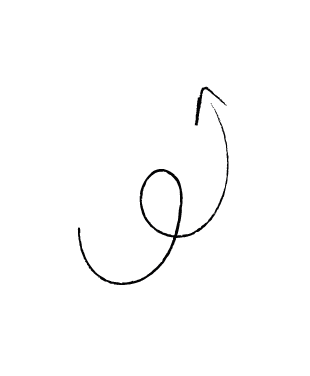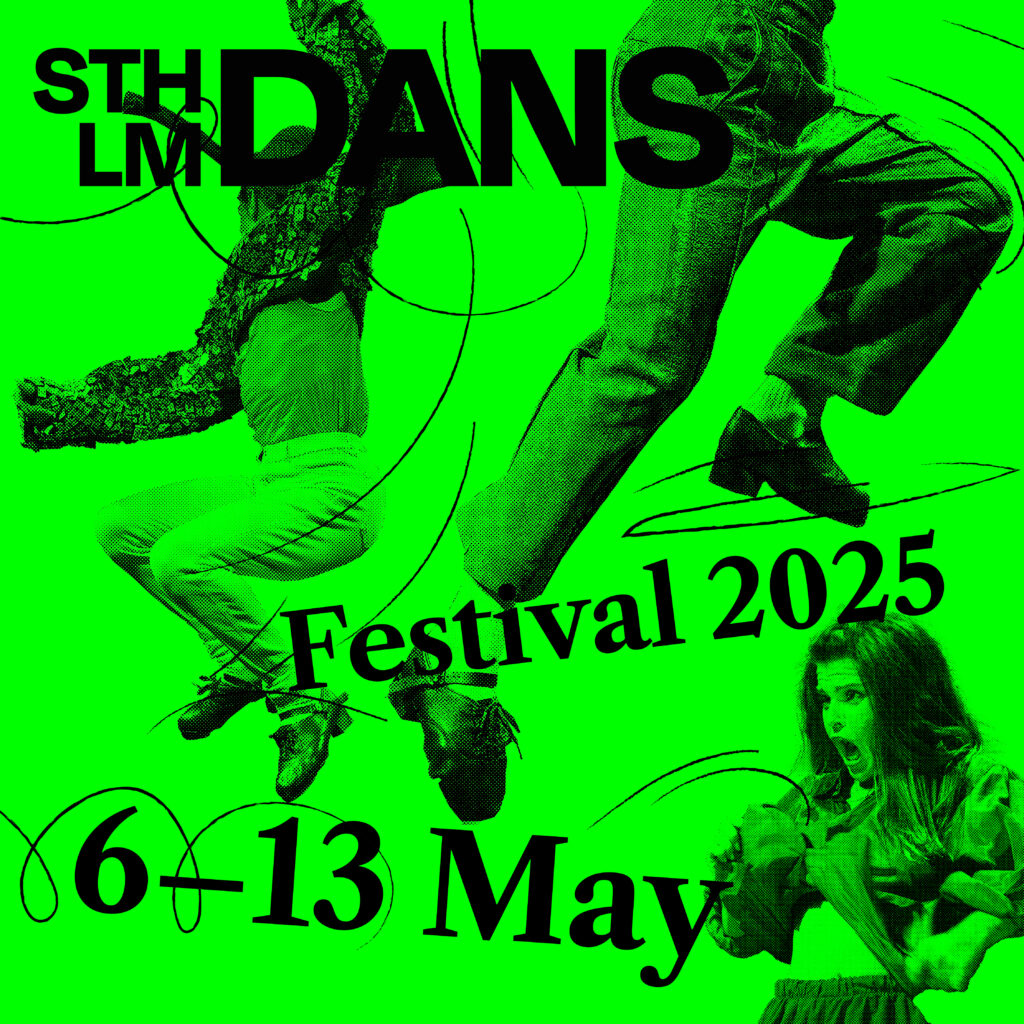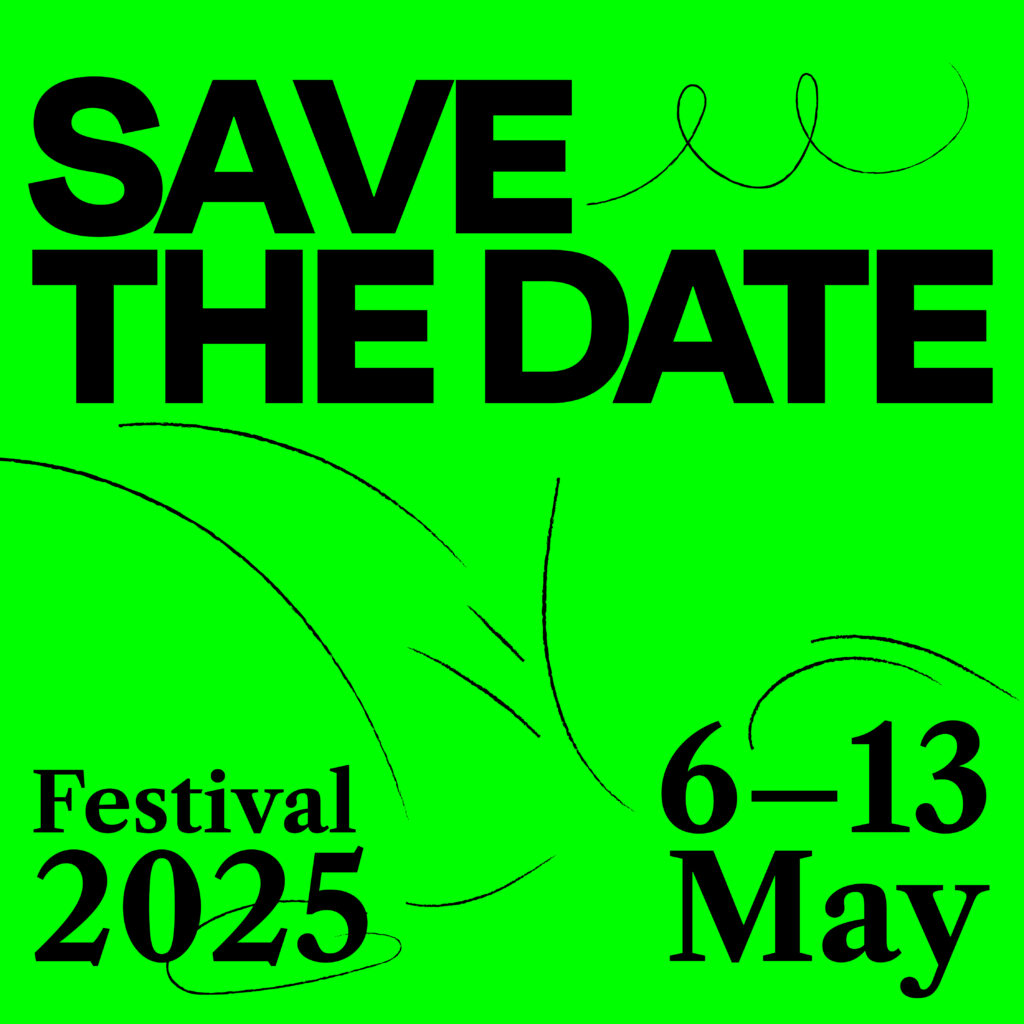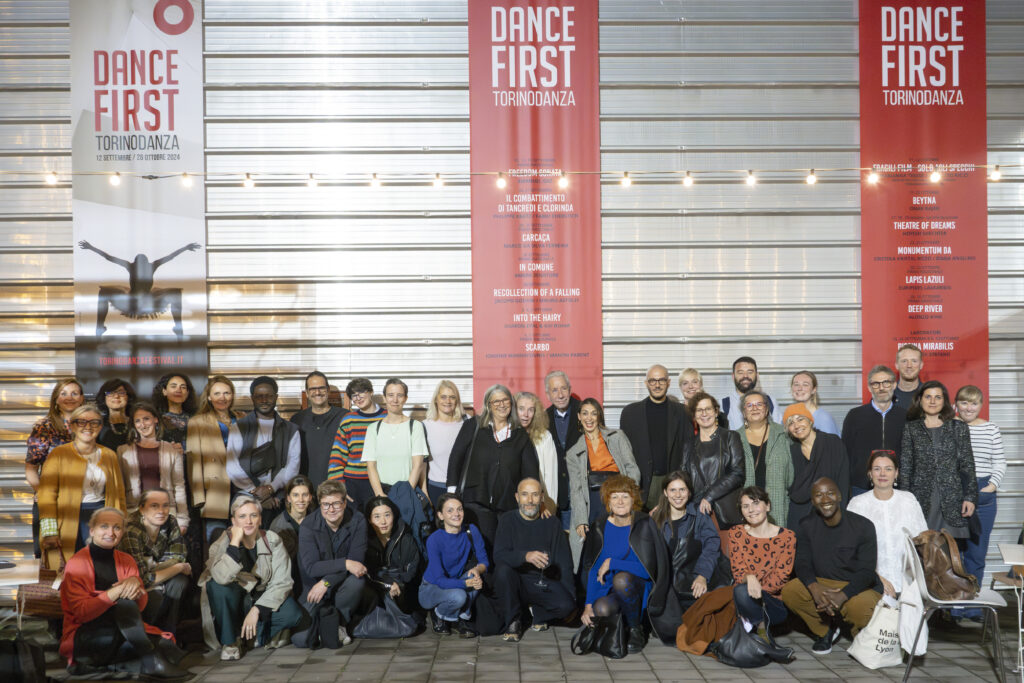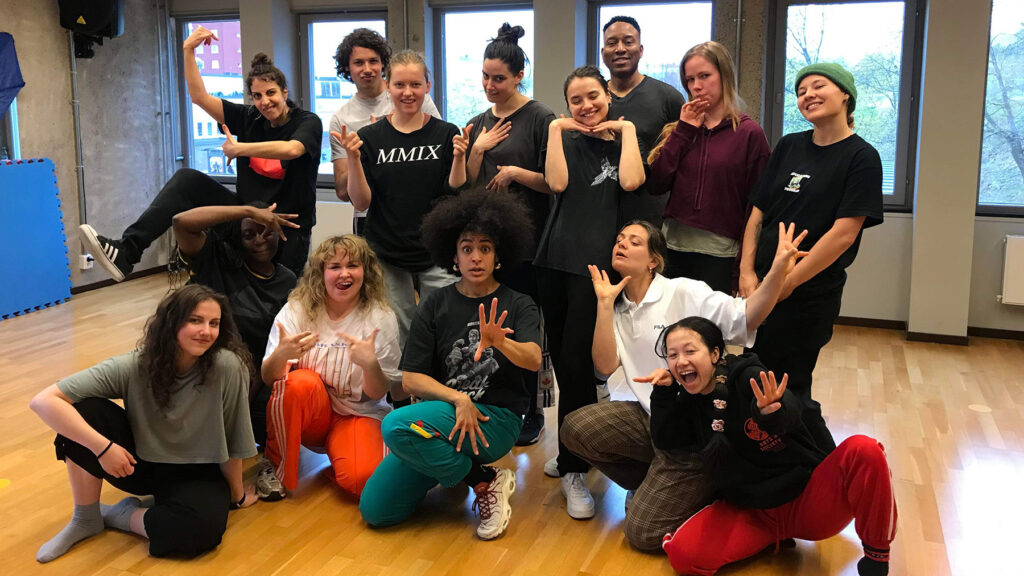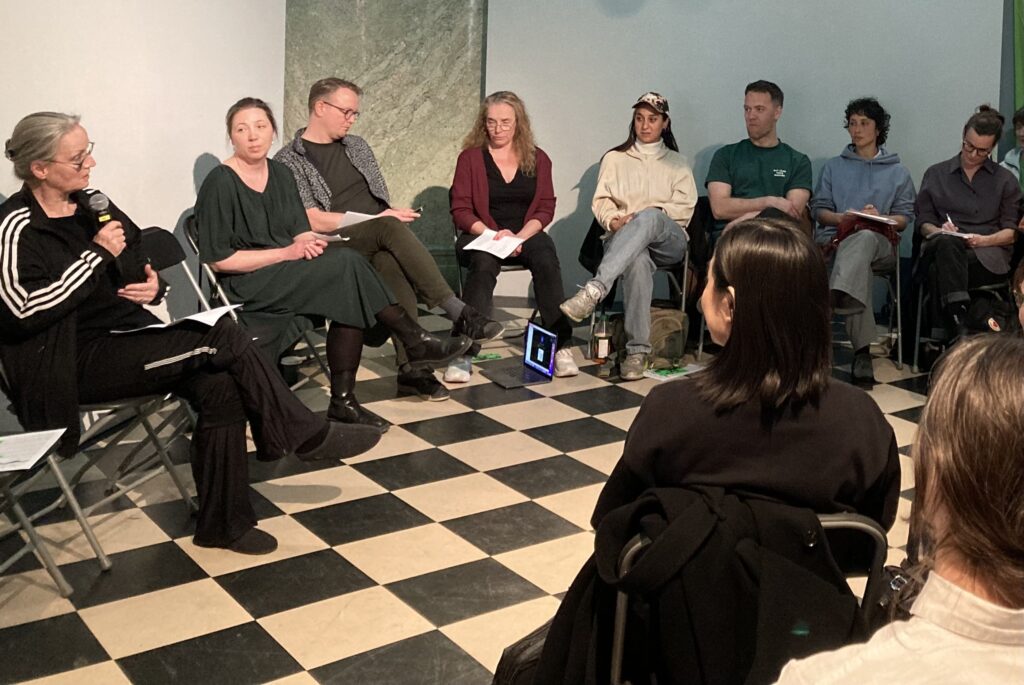STHLM DANCE, Advocating Dance, opening speech at Dansmuseet, May 7th, 2024. By Efva Lilja
WITH LOVE
I love you. I don’t love you. I trust you. I don’t trust you. What you call reality is there to be changed. Let’s dance!
I dance. I choreograph. I speak, write, draw, get pissed off, make love – all that make me to what I am. History is my foundation. Culture is my voice. Culture is the policy area that should permeate all other policy areas. Art is the field that permeates our culture. Our voices. In 1974, artists were involved in shaping the cultural policy that changed Sweden. Now it’s time again!
Every human being is a creator of culture. Culture is what we create through how we live and interact together, how we talk, sing, dance, fight (or not), the way we greet one another. Art is a part of our culture. In a democratic society, everything is interconnected: culture, art, and politics. A democratic society values freedom of expression, artistic freedom, and the voices of its citizens. Our culture and art evolve through this.
In this turbulent time when our polarized society is shaken by many conflicts, art and artists have much to contribute. We stimulate creativity, innovation, economic development, and cultural awareness. We contribute to a knowledge formation of crucial importance by creating art that perform the intangible, provokes, and provides new insights. We mediate and interpretate our present against the backdrop of our history, thus stimulating possible futures. But what do we choreographers and dancers do to change what we think is wrong in politics, in cultural bureaucratic systems, in power structures?
The political game about our lives is intense. Today, much of the dance’s infrastructure is influenced by political incentives. It can involve assessment criteria for various types of cultural policy decisions, how state, regional, or municipal funded authorities and organizations work for the accessibility of art, or how application forms are designed by grant providers. Significant risks are taken when both investments and cuts are made without clear goal setting. If we want a society with creative, empowered citizens who can apply and use their creativity and voice, then trust in our common commitments, in the presence of art, is required. Art simply involves the cultural education that upholds human dignity and develops the identity processes that are the foundation of a democratic society. Politicians often lack knowledge about this and demonstrate a devastating lack of historical perspective. When politicians talk about culture, they often use the word in an excluding manner, distancing the concept of culture from people in general. This, in turn, contributes to a view of art and the artist as burdensome when, in fact, we generate both cultural and economic development.
We dance. We choreograph. We speak, write, draw, get pissed off, make love. Many of us work with interactive dialogues that can help to make perceived realities understandable, to encourage critical reflection and questioning of the often normative and conservative structures that govern our daily lives. In that sense, we act as political catalysts and generate new forms of collaboration that challenge traditional and conventional ways of working.
Both here and in Europe, one can see how politicians of right-wing and high-nationalist political ideologies lay claim to cultural policy positions to control, among other things, distribution policies. Populist resistance to contemporary art contributes to segregation and passivity. Control and surveillance become real threats. The collapse in cultural policy threatens innovative art and ultimately our democracy. In the Freemuse report of 2021, we can see this translated into figures and statistics. It states, “The data illustrates that governments and state funded bodies remain the biggest threat to artistic expression, as well as that nationalist and populist authorities stay determined to silence varying ways of voicing political dissent.”
Cultural politicians should support a strong civil society and art as a prerequisite for democracy. Cultural politicians should see a good cultural climate as the most desirable for long-term and sustainable development. A threat to this is the hindrance of moderation when normative ideas prevail. Utility aspects take over, and lack of historical perspective, prejudices, or fears of the unknown blind us. People are referred to an entertainment industry with a completely different aim than artistic experiences. In misplaced benevolence, people are made passive, and indifference takes over in a superficial aesthetic surface with the sole purpose of reflecting the audience’s expectations. Art is not possible without breaking through this surface.
If we want to live in a democratic society, it is now that we must pay attention to what threatens it. Part of the threat is posed by the government’s policies, most clearly reflected in decisions on cuts to the cultural budget and in the vocabulary of public discourse. We must reverse the hierarchies and reform, rephrase, and adopt a future perspective. What role do we play in this? How do we act, and how do we express ourselves about what we do, about motivations and visions?
During the winter, several initiatives were taken in Sweden, with the aim of influencing both the government, the parliament, politics, and public discourse. A working group consisting of artists with many years in the profession, was spontaneously formed at Weld to discuss the situation. This resulted in a letter to the Parliament’s Cultural Committee (Kulturutskottet). The same committee received an invitation from Danscentrum Stockholm to an informal dinner meeting, a “Meet, Eat and Talk,” to facilitate dialogue between politicians and freelance choreographers and dancers. Danscentrum Stockholm then urged the committee to organize a seminar in the parliament on the theme: “The role of art for cultural development reflected through dance art.” On Facebook, a forum for creative choreographers and dancers has been formed to discuss and work on cultural policy issues. Meanwhile, both dance institutions and organizations have had meetings to gather their arguments. We must demand, but above all create and initiate, alternatives to what currently exists.
As artists, we liberate our creativity by taking ourselves seriously and by helping each other. By showing trust and respect for the collegial context, we can contribute to both the development of the dance field and our individual goals. Dance art is a silent art form that is not heard and seen in public discourse to the same extent as other artistic fields. We have fewer institutions, fewer organizations, and a short academic history. This, together with the tradition that characterizes us as silent, often leads us to lack confidence in our ability to communicate and express ourselves. This we must change. We must find our own words, relevant terminology, contribute to artistic theory formation, and possess our questions. The best way to dispel prejudices and normative resistance is to produce relevant works from a standpoint that advocates for the importance of art in all our lives. But we must also speak, write, sing, scream out loud, love…
There is much in life that can seem incomprehensible, remarkably wonderful, or completely absurd. Our thinking and actions are influenced by both big and small things, by world politics, war, pandemics, and climate threats, but also by the close questions that lie in everyday routines or, for example, in welfare systems. There is an obvious risk that discussions and arguments focus entirely on the present, crises, and budget cuts. It is easy to get stuck in existing systems and infrastructure, but we must think anew, beyond the given, and consider how we want to see the role of dance art in the future.
The concept of art changes. Systems can be changed. A certain degree of civil disobedience is required to work innovatively, to insist on what is not already known and accepted. Politics either provides or takes away the conditions. That’s why art can never escape its political context. We are the foundation of the art that keeps our culture strong. With knowledge of what has been, we must think forward with vision!
The questions we must ask ourselves are:
• How would we like it to be? (Letting go of familiarity, thinking from visions)
• What responsibility are we willing to take? (With power and influence comes
responsibility)
To conclude, a quote I received from a friend. It is by Marc Bloch, freely adapted from the French historian Rosanvallon in “Democracy as a Problem” published in Tankekraft 2009. I direct this to the Minister of Culture: “To misunderstand the present is the inevitable consequence of misunderstanding the past”.
With love, Efva
